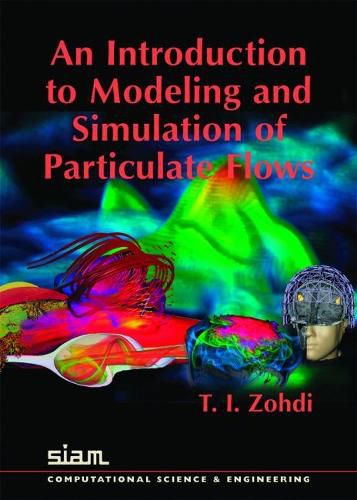Readings Newsletter
Become a Readings Member to make your shopping experience even easier.
Sign in or sign up for free!
You’re not far away from qualifying for FREE standard shipping within Australia
You’ve qualified for FREE standard shipping within Australia
The cart is loading…






The computational power available now for mathematical modeling and simulation raises the possibility that modern numerical methods can play a significant role in the analysis of complex particulate flows. Such flows naturally occur in astrophysics and geophysics; powder processing pharmaceutical industries; bio-, micro- and nanotechnologies; and applications arising from the study of spray processes involving aerosols, sputtering, and epitaxy. This advanced introduction focuses on basic models and physically-based computational solution strategies for the direct and rapid simulation of flowing particulate media. The book will be welcomed by computational scientists, numerical analysts, and applied mathematicians and will be of interest to civil and mechanical engineers and materials scientists. It is also suitable for first-year graduate students in the applied sciences, engineering, and applied mathematics who have an interest in the computational analysis of complex particulate flows.
$9.00 standard shipping within Australia
FREE standard shipping within Australia for orders over $100.00
Express & International shipping calculated at checkout
The computational power available now for mathematical modeling and simulation raises the possibility that modern numerical methods can play a significant role in the analysis of complex particulate flows. Such flows naturally occur in astrophysics and geophysics; powder processing pharmaceutical industries; bio-, micro- and nanotechnologies; and applications arising from the study of spray processes involving aerosols, sputtering, and epitaxy. This advanced introduction focuses on basic models and physically-based computational solution strategies for the direct and rapid simulation of flowing particulate media. The book will be welcomed by computational scientists, numerical analysts, and applied mathematicians and will be of interest to civil and mechanical engineers and materials scientists. It is also suitable for first-year graduate students in the applied sciences, engineering, and applied mathematics who have an interest in the computational analysis of complex particulate flows.